Real. Genuine. Natural.
These are words you could use to describe your love, or words you could use to describe your diamond, but they are NOT words you can use to describe a lab-grown diamond. And not just metaphorically. The Federal Trade Commission (FTC), the government body designed to protect consumers, has said it is an illegal, fraudulent practice to use the words “real”, “genuine”, or “natural” to describe a lab-grown, synthetic product. Why? Because using those words might confuse the buying public into thinking they are real, genuine, or natural.
In fact, the ONLY stone that you can call a “diamond” – with no modifying disclaimers – is an earth-mined, natural, little miracle of mother nature.
So, is a lab-grown diamond a real diamond? The phrase “real diamond” could only ever apply to a natural stone grown in the earth, because the phrase lacks the disclaimer required by the FTC. A lab grown stone would have to say “real lab-grown diamond” or “real manufactured diamond” or “real [company name]-made diamond” for it to be a non-fraudulent claim.
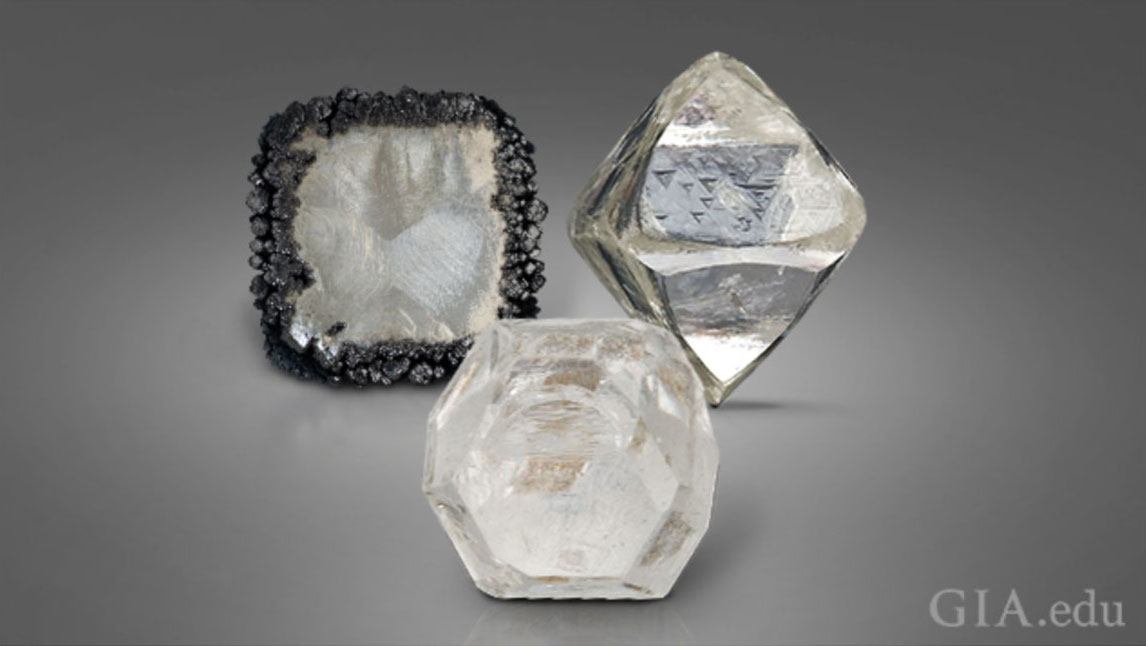
So you’re looking for a diamond ring...
There are three common complaints a woman has about the diamond in her engagement ring.
The third most common you might guess: size. The second most common is sparkle. But the number one complaint about a diamond is if it’s not real. If someone feels like their partner got taken advantage of then the diamond takes on a negative connotation. We’ve even had people come into our office after finding out their diamond is lab-grown to exchange their manufactured stone for a real diamond without telling their fiance because they don’t want them to feel bad.
Make no mistake about it: lab-grown diamonds are a hustle, and a fool and his money are soon parted. Just because something is inexpensive doesn’t mean it's a good deal.The real cost of something is the difference between the price you paid for it and the price you can sell it for. Lab-grown diamonds have zero resale value.
If someone tells you they will sell you a $100 bill for $20 – are you getting a good deal or should alarm bells be going off? If it sounds too good to be true, it generally is.
The definition of a good diamond is one that holds and/or appreciates in value over time.
It’s true that not all earth-mined, natural diamonds are “good” diamonds. In the world of crummy diamonds, there are treatments like laser-drilling, fracture-filling, annealing, and bleaching, and just low quality diamonds riddled with so many eye-visible inclusions they look like salt and pepper that aren’t going to hold much value at all.
There is, however, NO lab-grown diamond in the world that holds and/or appreciates in value over time. Unfortunately, this means that whatever price you pay for a lab grown stone, you overpay for it.
You might ask, well then, why aren’t more jewelers taking a stance against lab growns? Well, let us tell you a dirty little secret.
The margins are exponentially higher on lab-grown stones than they are on natural diamonds, so a jeweler makes more money if they can convince you that a manufactured diamond is the same as a diamond.
Wholesalers typically sell diamonds for cost plus 10%. Retailers use a keystone markup of 100%. The average lab grown diamond markup is over 1000%. Lab-grown diamond sellers might buy a stone for $50 and then sell it for $500 or more. We’ve seen some cases with sales prices as high as $5000 for a stone that cost a dealer $50 to buy. To clarify, that means that if a mined, natural diamond cost $50 to buy, wholesalers would sell it perhaps for $55 and retailers would sell it for maybe $100, but NOT $5000. The price you can or can’t sell natural, earth-grown diamonds for is highly regulated. Paying that much of a premium for the lab grown markup is the definition of insanity.
In an example shared by Money Under 30, if you purchase a 1.20 carat round lab-created diamond from James Allen — which costs $3,800 — you MAY only get around $50 back if you resell it.1 Compare that with a fully bonded natural diamond jeweler, where diamonds have a 100% buyback. Meaning if you buy a natural diamond from a fully bonded jeweler at $3,800, they will buy it back at $3,800. You tell us which you prefer.
There are other jewelers who are taking a stand against the manufactured gemstone industry. Some have joined the Natural Diamond Council2 and committed to only selling natural stones. Their customers can trust they didn’t accidentally mix up the goods. After all, if the stones are, as the lab grown industry claims, identical and hard to tell apart without advanced equipment which the vast majority of retail stores do not have, then if a jeweler sells both, how can they guarantee they haven’t mixed them up?
The guild stores like Graff, Cartier, Harry Winston, Van Cleef and Arpels – do they sell lab-growns? Absolutely not. Because they sell REAL luxury, not artificial luxury, and real luxury has liquidity. Think about the finest cars, the best watches, the most famous paintings, the most stunning jewels – they all have secondary market value. You can watch them resell at auction houses like Sotheby’s and Christie’s, often with a higher value than they were originally sold for, but you won’t be able to find lab growns there.
We’ve seen the synthetic game before. Synthetic diamonds have been around far longer than lab grown diamonds have been available to the public. Synthetics are just manufactured substances. There are diamond simulants too, which are stones that look similar to what they’re mimicking, but don’t have the same chemical properties, like white sapphire, cubic zirconia, moissanite, and topaz. They all have their place.
Our advice is if you don’t care about having a real, no-kidding, rare, beautiful, valuable diamond on your fiancé’s hand, and you just want large bling, save yourself even more money than you would on a lab-grown stone and buy her a synthetic cubic zirconia. A well-cut CZ can look optically quite similar to a diamond, too, and is far more realistic than a strangely over-colorful moissanite, for example, but most people don’t want a CZ as a symbol of their love. And if you’re one of the people that doesn’t want a CZ and you want to buy a diamond, then we’re back to what makes a diamond, well, a diamond.
First, let’s discuss natural diamonds. You know, the real thing that anything else is trying to approximate. Planet Earth grows these little miracles in a rather Goldilocks fashion. They typically grow between 90 and 140 miles under the surface of the Earth, where the temperature and pressure is just right.
There, little carbon atoms must link electrons and form strong covalent bonds to survive what almost nothing else can – for about 1-3 billion years. Then, after becoming a gemstone, the little rock of cosmic kismet has to find its way through the crust via dangerous kimberlite and lamproite pipes of volcanic materials to end up close enough to the surface of the earth to be dug up in a mine or to catch the current of a river where it ends up in an alluvial deposit. The statistical chances of that incredibly sparkly little juggernaut of perseverance ending up on your hand after its multi-billion year journey through our planet is pretty impressive.
Now let’s talk about the lab grown processes out there. First, let’s give scientists credit where credit is due. This was tough stuff to figure out. In 1954, Dr. Tracy Hall succeeded in creating the first lab grown diamond – which was pretty ugly and suitable only for industrial use. That’s what lab grown diamonds were originally designed to be: drill bit heads, surgical tools, heat sinks. Not engagement rings.
But nowadays here are the two process used to create consumer-grade synthetic diamonds in just a few weeks:
HPHT – High Temperature High Pressure. Seed crystals are placed in a chamber, subjected to high temperatures and high pressures, and expand outwards.
CVD - Chemical Vapor Deposition. Seed crystals are placed in a vacuum, where clouds of carbon rich gasses are released and build up in layers.
Lab-grown diamonds and earth-mined diamonds are chemically the same, yes. They’re both made from carbon. The carbon in a multimillion dollar diamond tiara is identical to the carbon in a ten cent pencil, too. The crystal structure is what makes the difference.
So how does the carbon grow? While the majority of diamonds have nitrogen in them as well, which is why there is a color-grade that denotes the degree of yellowness in a diamond (which is caused by nitrogen in the lattice structure of the stone), they’re mostly carbon. But the atomic lattice structure of the carbon inside the two is not the same. You can tell that by simply looking at the shape of the rough diamonds – earth mined vs. lab-grown. The shape of a crystal is based on the atomic structure of the unit cell of the material as it grows. As we’ve noted, CVD lab-grown diamonds grow in sheets, while HPHT diamonds grow outwards from a seed. Natural diamonds grow in beautiful octahedral crystals. Factory-made crystals cannot grow in a machine to be the same shape as they grow in the earth. Mother nature has magic that humans haven’t harnessed yet.
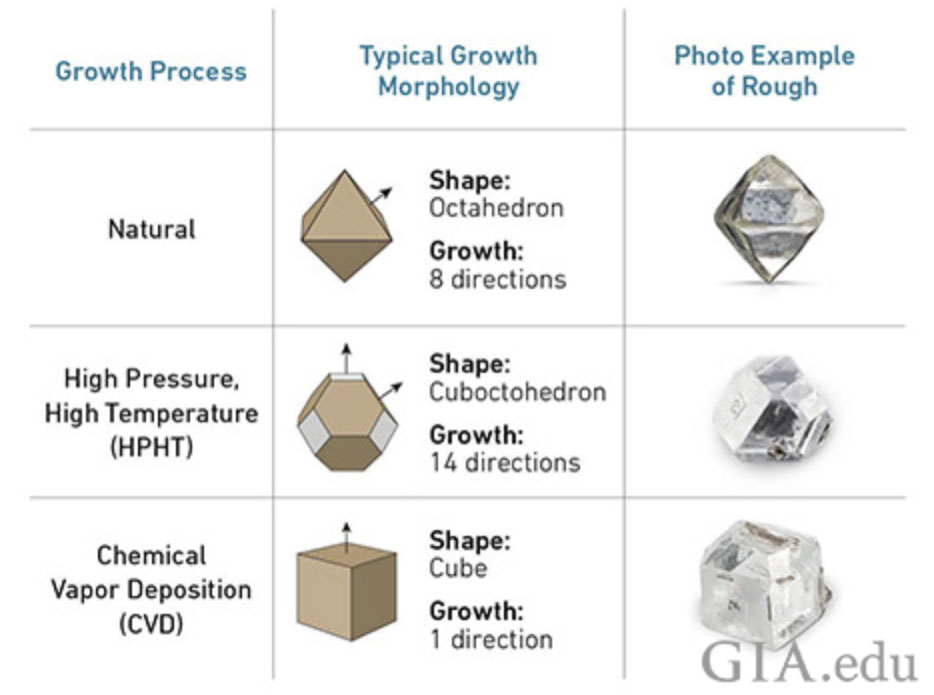
Why is the shape of the atomic structure important? After all, we cut them and don’t see the shape of the rough often.
Full-term rough, that is, diamonds that the earth took at least a billion years to grow, are filled with resonance cavities that a few weeks in a lab can’t recreate.
Resonance cavities are like echo chambers for light instead of sound. Think of the Grand Canyon. If you holler into it, the shape of the canyon carries and amplifies your voice. The atomic structure of full-term rough is filled with countless micro-versions of the Grand Canyon that capture and amplify light.
Full term rough isn’t the only type of natural diamond rough. The most common type of rough doesn’t make it to a billion years before it’s ejected out of the Earth’s crust.
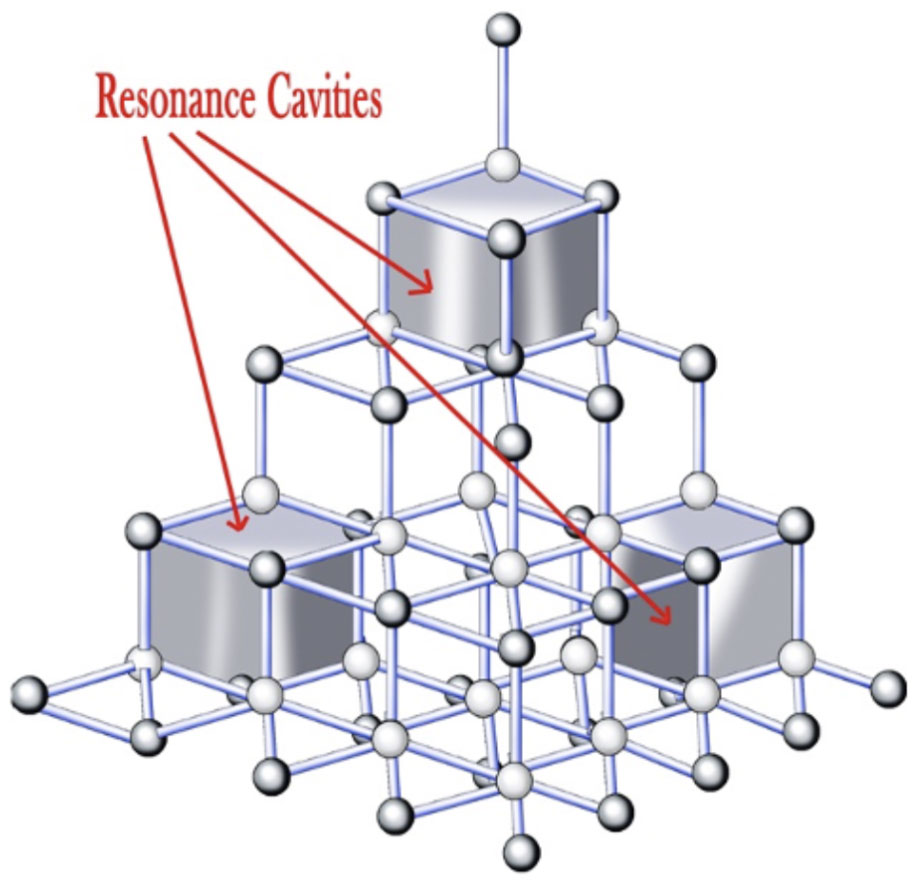
Cheap macle or flats, basically the 200 million year old premature rough, doesn’t amplify the light as well because the resonance chambers aren’t as developed and/or deformations occurred during growth, and therefore they don’t sparkle as much.
Many well-meaning retail sales people don’t know the difference between macle or flat rough and full term rough (also called sawables or makeables) and will look at you funny if you mention this. 98% of the diamonds sold in the United States are cut from macle or flat rough, so most of them have never really seen the good stuff. We are spoiled at a cutting house, where we see full term rough all day long, but a jeweler or sales professional not knowing that a difference in rough shape and type even exists is a massive red flag.
We’ll leave this here for you, from GIA’s own Diamond Grading manual:
“In the gem-quality category, the shape of a rough diamond crystal is the most important factor in its potential value as a gemstone.”3
In layman’s terms: better ingredients, better pizza.
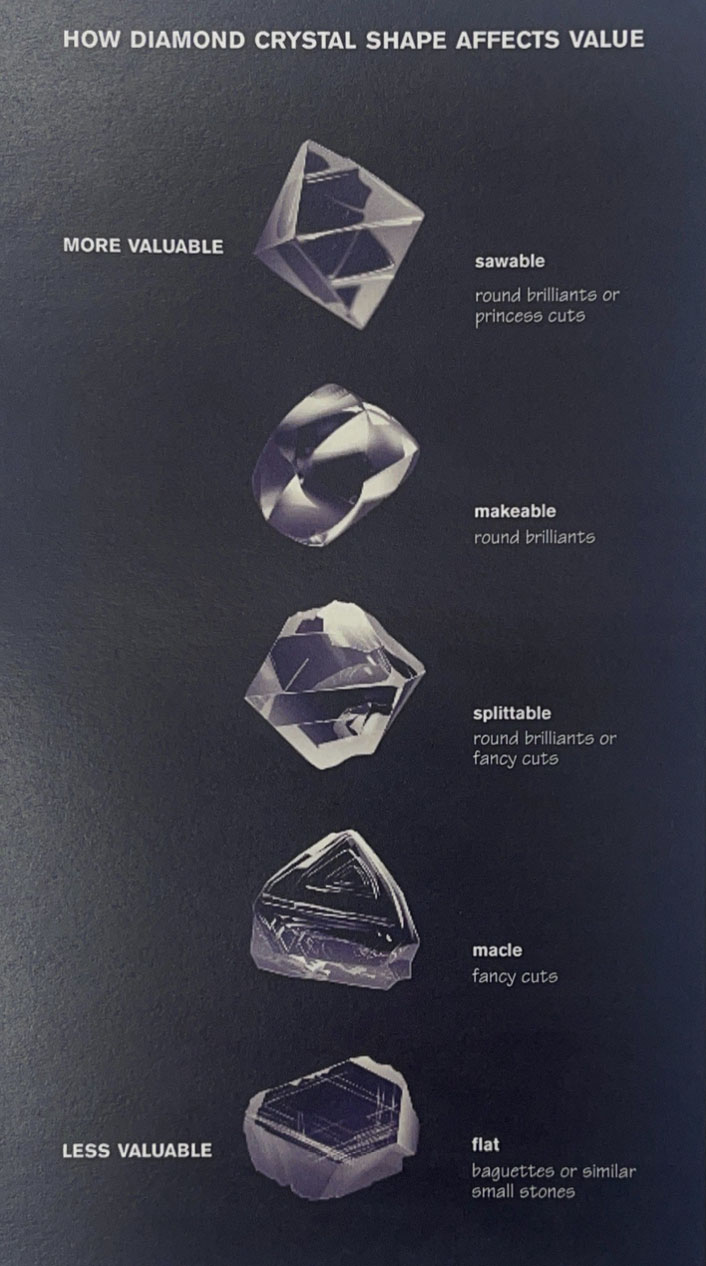
Can we test the difference between a natural diamond and a lab-grown diamond? Yes. Absolutely.
Google questions like “Are lab grown diamonds real?” and “Can your jeweler tell if a diamond is lab created or natural?” and the answers you get are terrifying. So much gaslighting has come from those who sell lab grown stones, it’s shameful.
The jewelers and gemologists writing articles on the internet that say that natural diamonds and lab grown stones are identical need to go back to school. The Gemological Institute of America has said that while lab grown diamonds and natural diamonds are often quite similar and need specialized equipment to tell them apart, they are not identical.4
Lab-grown diamonds don’t have the same spectral signature as natural, earth-mined stones, even if the industry runs around shouting about optical sameness. Difference in optical response is one of the ways gemologists distinguish between the stones. A gemologist uses machines that shine lights at the stone, to see how it responds.
One test used is fluorescence. UV light doesn’t behave the same way inside a lab-grown crystal. Lab growns typically fluoresce the opposite way under short and long term UV waves than an earth-mined diamond, and some exhibit unnatural cross-shaped fluorescent patterns and even abnormal phosphorescence that would be highly unlikely to appear in a real diamond grown by Mother Nature.

Like facial recognition tech on your cell phone scans your face and knows the difference between you and your cousin, a lab-grown diamond can’t pass the spectral signature tests that its natural, earth-mined diamond cousin can. The bottom line is that a lab grown diamond’s spectral signature is NOT the same as a natural diamond.
That’s not even the only difference between diamonds and their man-made counterparts. If the jeweler, gemologist, or salesperson you’re buying a diamond from doesn’t know the information below, or doesn’t have the equipment to verify it, don’t buy from them. Period.
Let’s talk about what we can see under a microscope as gemologists. The first thing you would do when examining a loose stone is to look for inclusions, color zoning, and graining. HPHT synthetic process lab grown diamonds don’t contain the same characteristics as natural diamonds. In HPHT stones, you won’t find natural mineral crystals like garnet, diopside, or even other diamonds lurking inside the lattice structure like bonus jewels; you won’t see twinning wisps, natural radiation straining, or even etch channels. What you might see is dark, opaque, clumpy blotches of the metallic flux that the stone grew in, which are usually highly reflective under fiber optic light and conclusive proof of its factory origins. In CVD grown synthetics, you might also see irregularly shaped, dark, non-diamond carbon inclusions.
You don’t always need advanced gemological equipment to spot a factory made stone, which saves a lot of jewelers and appraisers. All lab grown diamonds are required to be inscribed on the girdle of the stone itself to indicate its factory origins. A simple magnifying glass or loupe will usually allow you to spot it. Does that mean all lab grown diamonds have the required inscription? Unfortunately, no.
We have seen lab grown diamonds in jewelry where the jeweler stamped the metal basket around the setting instead of inscribing the stone, which creates problems because when the stone is reset or removed from the setting, it is not labeled properly and can then fool someone. And fooling someone might just be the goal. There are nefarious players inside the industry and some lab grown stones have even had their inscriptions filed off to try to pass them off as real, so purchasing diamonds only from highly trained gemologists is always a good idea.
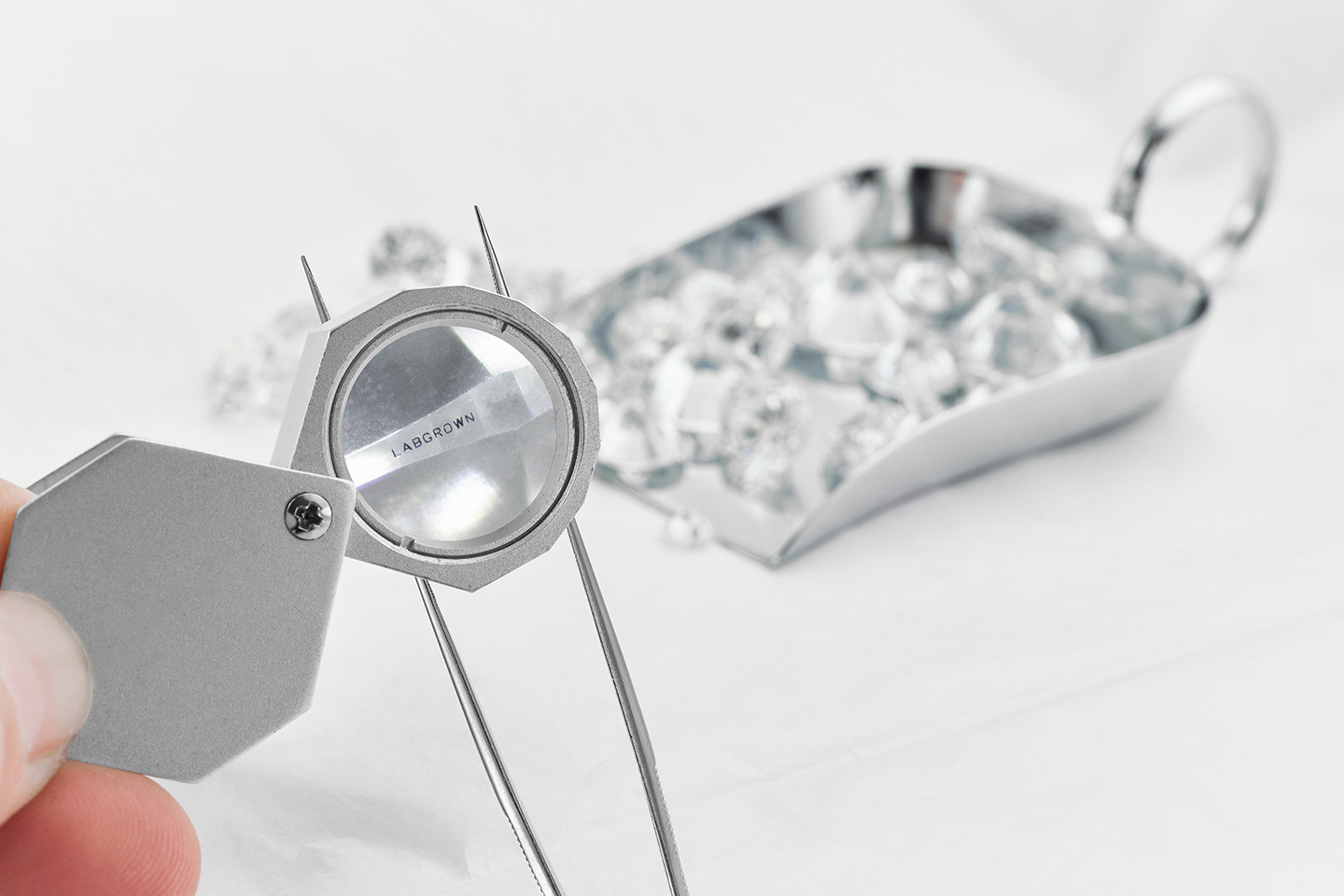
What makes a diamond valuable?
Let’s say someone is leaning towards a lab grown stone. They say, a diamond is a diamond is a diamond. We disagree, but let’s put that aside. A lab-grown stone of any type – whether diamond or sapphire or ruby – is a cheap copy. Why? What is it that gives any gemstone any value at all?
Three factors -- beauty, durability, and rarity. That’s the industry standard for gemstone value.
First, let’s give them credit for what they’re good at. Lab-grown diamonds are definitely durable. They’re the same hardness as a natural diamond. Congratulations.
Second, let’s consider beauty. Some say the two types of stones have comparable beauty, but we disagree. The spectral signatures are not the same. If two diamonds – one lab grown and one natural – have identical clarity characteristics, shape, color, weight, symmetry, and cut proportions, the natural diamond still has a superior atomic structure, and it is going to be more beautiful to a trained eye because of countless subtle differences – called “weighted light return”5 – that add up to a better appearance.
But let’s set that aside. Let’s say beauty is in the eye of the beholder and move on to discussing the third factor of gemstone value. One that is truly objective.
What really makes the value difference is rarity. Any gem mass produced at will in a lab in China or Russia, or anywhere really, has a zero rarity factor, and therefore, zero value.
Good diamonds are very, very rare.
A common misconception about diamonds in general is that they aren’t rare at all…and that’s a misunderstanding of the vast majority of what actually gets mined, which is a type of scraggly diamond called bort (also made of carbon), which has little use outside of manufacturing and certainly doesn’t get turned into the gem on your finger. Don’t let bort throw you off.
The term used in the industry for rocks that are suitable for jewelry is “gemmy.” As you work in the field of gemology, it becomes very easy to spot, and gemmy diamonds are indeed rare. You need to mine around 15,000 pounds of ore to recover two carats of gemmy rough, which would then likely be cut into a one carat round brilliant diamond.
And back on the concept of beauty, don’t get us started on the world of fancy colored diamonds, because so far we’ve just been talking about colorless or white diamonds.
In the world of fancy colored lab-growns, the colors are so off, many fancy colored diamond specialists actually laugh at what they see from manufacturers. They come in colors that don’t exist anywhere in nature, much less in a diamond. Experts can spot the man-made versions from across the room. But what’s terrible is the prices we see people actually paying for them-- $40,000 for a pink diamond door-knocker that is worth pennies?! For a stone that if real, would be worth millions and locked into a vault for its rarity? Nobody is fooled by the fancy colored lab growns. You can have a nicely made copy of the Mona Lisa on your wall, and enjoy it, but don’t tell yourself it's worth a $40,000 price tag, or that your friends will think it’s a Leonardo da Vinci original.
Another scam the lab-grown industry is running is the concept of eco-friendliness. The FTC slammed the lab-grown industry for that too, saying they can’t call their product eco friendly or green without proving it, which they haven’t. Don’t fall prey to slick and misleading marketing. Greenwashing is brainwashing with green dye on top, and a beautiful lie is still a lie.
So let’s talk about the diamond mining industry, because it definitely does have a carbon footprint. So what is it? The carbon footprint of a mined diamond is the equivalent of 3 cell phones...and how many of those have you cycled through? At least for an engagement ring, you’re one and done most of the time. Not only that, but it has been estimated that the average polished mined diamond carat emitted 160kg of CO2, significantly below the estimate of 511kg for each polished carat grown in a lab6, which relies on an enormous output of electrical energy made from dirty sources in China, a country whose manufacturing standards contribute to nearly 36% of the world’s carbon emissions.7
Choosing to forgo a natural diamond doesn’t end your involvement in mining as an industry.
Your computer (lead). Laundry detergent (phosphate). Pet food (copper sulfate). Makeup (phosphate). TVs (gallium). The roof on your house (feldspar). Soccer balls (potash). Pipes (copper). Door knobs (pumice). Solar panels (zinc). Bicycles (molybdenum). Windows (limestone). Toothpaste (mica). Cement (coal). Bricks (clay). We can keep going.
Modern human lives would not look anything like they do without mining of many different types. We all of us, every single one, participate in various ways in mining. That doesn’t mean that the diamond mining industry is sin-free or carbon neutral, but we are no longer living in a world of blood diamonds. The time when legitimate scorn was rightfully heaped on the industry has been turned around in the intervening decades. Thank goodness for the Kimberley Process, which protects innocent victims from criminals, and has reduced problematic diamonds to less than 1% of the international trade market, and as close to 0% in the US as can be.8
Executed responsibly, diamond mining is a significant source of economic and cultural growth.
According to the Natural Diamond Council, 10 million people world wide depend on the diamond industry for their living, and they won’t thank you for your lab grown purchase. The diamond trade contributes $7.6 billion a year to the African economy. 5 million people have healthcare because of diamond revenue. At least 80% of the financial benefit of mining remains in the local communities. In Canada, the 3rd largest exporter of diamonds, the diamond mining industry is the largest employer of First Nations and Aboriginal peoples. In Namibia, the natural diamond cutting industry is the largest employer of disabled Africans and companies have staff training programs in sign language for the deaf and hard of hearing.9
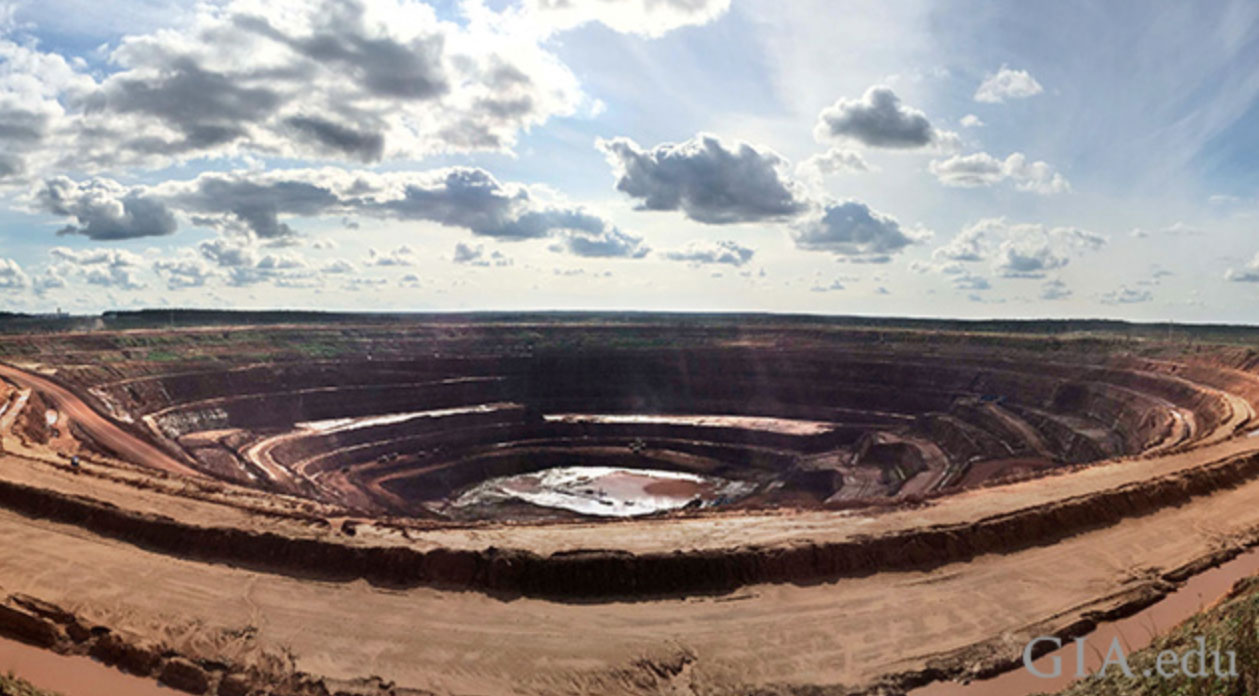
The concept of lab-grown gemstones isn’t new.
There’s been lab grown emeralds, rubies, and sapphires for years…and they have been relegated to the same floors as costume jewelry, and their manufacturers don’t insist people treat them the same as the real thing. Just like with synthetic colored stones, the prices of lab-grown diamonds are dropping every year as more and more consumers wise up to their value, or lack thereof. According to Jeweler Magazine, “In 2020, the retail price of a 1-carat, G color, VS-clarity lab-created diamond fell to only 35% of an equivalent mined diamond. In 2019 and 2018 this figure was 50%, and in 2017 it was 65%.”10 So if you really want a lab grown diamond because it's cheaper, just wait, it’ll get even cheaper in a few years, and you can walk around with a sparkly synthetic the size of a baseball you got for $20 and fool everyone into thinking you’re a billionaire.
But what if it’s not about value or cost or composition or anything? What if you’re just buying a diamond because it's tradition? You fall in love with the person of your dreams and get them a rock.
What if romance is your only consideration?
You can make a plastic ring from a CrackerJack box romantic, but HPHT and CVD machines in a dusty manufacturing facility make romance pretty tough. It’s a far cry from the Eiffel Tower, or even your own bed on a sunny Sunday morning when it’s just the two of you. We can’t really imagine anyone singing a song about synthetic love or manufactured diamonds, but tying a daisy around someone’s finger and telling them you’ll buy them the forever ring of their dreams as soon as you can would top the charts.

Why does anyone buy a diamond engagement ring?
Because they’re in love and they want a symbol of that love that will last forever. Symbols are important. People live and die for symbols. The flag. The cross. The star. The rainbow.
Diamonds are a unique, powerful, cross-cultural symbol of eternal love. Their miraculous story tells your story. And your love story? We hope it's real, genuine, and natural.
May your love last forever, just like a diamond. One with no modifying disclaimers.
Want to know if your diamond is natural or a lab-grown synthetic?
In our Houston office, we offer our clients the opportunity to put their diamonds to the test. Our extensively trained gemologists can compassionately evaluate the authenticity and origin of your diamond. We also offer the use our state-of-the-art laboratory equipment, including a Yehuda Sherlock Holmes 4.0, to scientifically identify whether your stone is a natural diamond, an HTHP or CVD process lab-grown synthetic, or some other simulant.
Contact us to schedule a complimentary appointment with one of our experts.
- https://www.moneyunder30.com/truth-about-lab-grown-diamonds-vs-natural-diamonds
- https://www.naturaldiamonds.com/
- Diamonds and Diamond Grading. Book 2. P 20. Gemological Institute of America.
- https://www.moneyunder30.com/truth-about-lab-grown-diamonds-vs-natural-diamonds
- https://www.diamonds.net/News/NewsItem.aspx?ArticleID=2670&ArticleTitle=GIA+Sets+to+Work+on+Cut+Question
- https://www.spglobal.com/esg/trucost
- Yuan, B. L., Ren, S. G. & Chen, X. H. Can environmental regulation promote the coordinated development of economy and environment in China’s manufacturing industry? A panel data analysis of 28 sub-sectors. J. Clean. Prod. 149, 11–24 (2017).
- https://www.kimberleyprocess.com/
- https://africa.businessinsider.com/apo/the-natural-diamond-manufacturer-that-sparkles-with-opportunity/kyc13et
- https://www.jewellermagazine.com/Article/9460/Retail-price-of-lab-created-diamonds-continues-to-fall